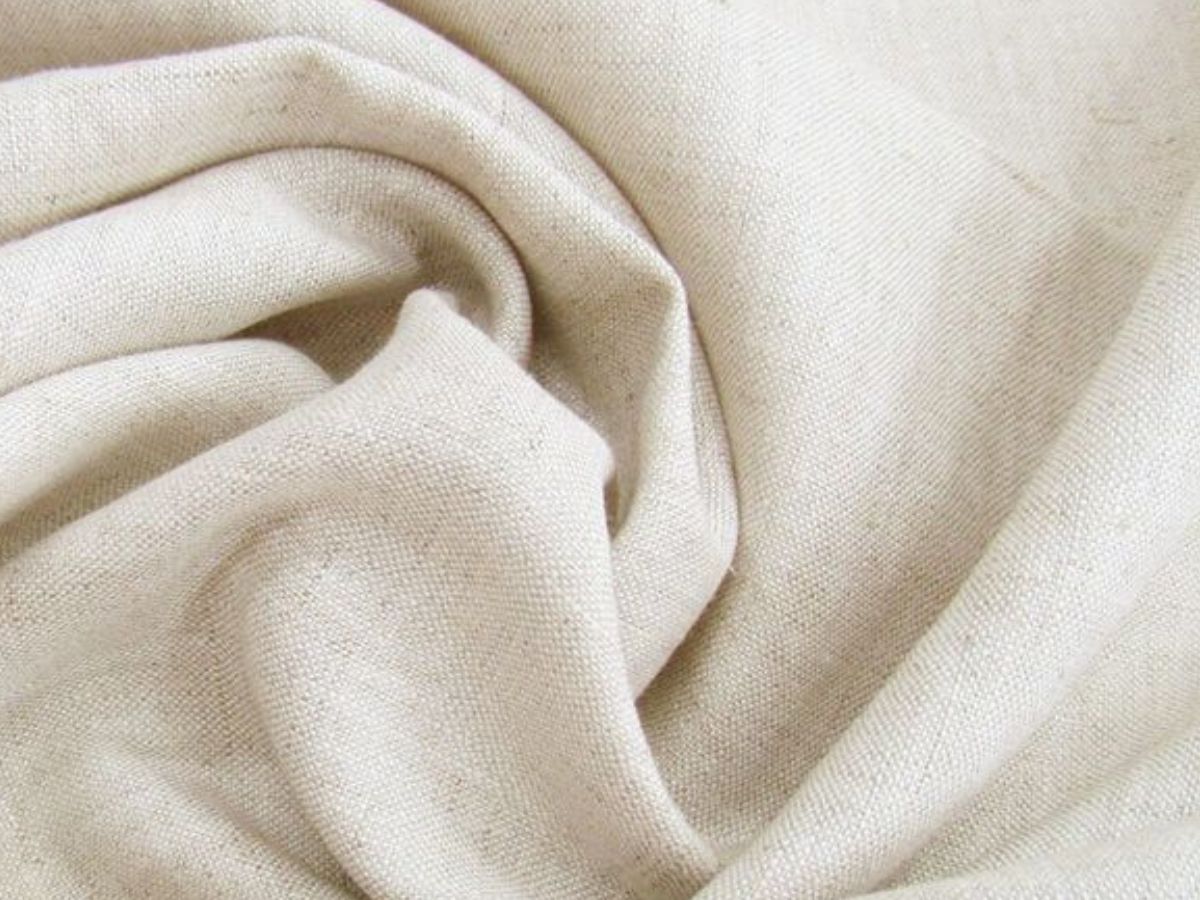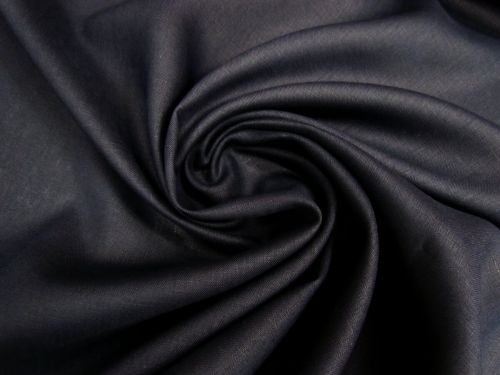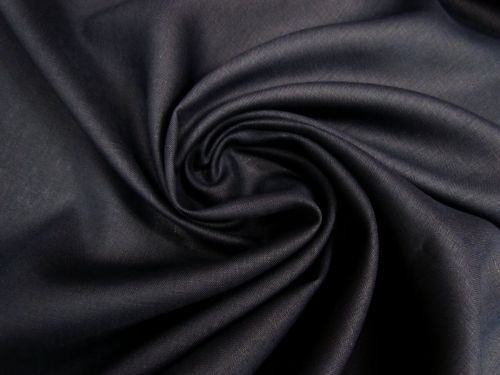All About Linen Fabric

What is Linen fabric
Linen is a type of fabric made from the fibres of the flax plant. It is known for its natural texture and breathable, cool feel, making it a popular choice for summer clothing, bedding, and table linens. Linen is durable and strong, and it becomes softer with each wash.
How is linen fabric made?
The process of making linen fabric can be broken down into the following steps:
-
Growing and harvesting flax: Flax plants are grown and harvested for their fibres.
-
Retting: The harvested flax plants are soaked in water to soften and separate the fibres from the stem. This process is called retting.
-
Breaking: The softened stalks are then mechanically crushed to separate the fibres from the woody stem.
-
Scutching: The fibres are then cleaned and straightened through a process called scutching.
-
Hackling: The fibres are then combed to remove any remaining impurities and to align the fibres in the same direction.
-
Spinning: The combed fibres are then spun into yarn.
-
Weaving: The yarn is then woven into linen fabric.
The resulting fabric is strong, durable, and has a natural, textured appearance.
The history of linen fabrics
Linen fabric has a long and rich history that dates back thousands of years. Some of the earliest evidence of linen production comes from ancient Egypt, where the fabric was used for clothing, bedding, and even as a form of currency.
Linen was highly valued by ancient civilizations for its strength, durability, and cool, breathable feel, and it was often associated with wealth and status. It was also used in religious ceremonies and was considered a symbol of purity in many cultures.
In medieval Europe, linen production became an important industry, with the fabric being used for clothing, household items, and even as currency. During the Renaissance, linen became a symbol of wealth and status, and it was used for luxurious clothing and linens.
Today, linen is still considered a luxury fabric and is highly valued for its natural, sustainable qualities. It is used for a wide range of products, from clothing and bedding to home décor and table linens. Despite its long history, linen remains a popular and highly sought after fabric, and its popularity continues to grow as consumers seek out sustainable, natural fibers.
The benefits of sewing with linen fabrics
Linen fabric has several benefits, including:
-
Natural and sustainable: Linen is made from flax, a naturally grown and renewable resource.
-
Cool and breathable: Linen fabric is known for its breathable and cool feel, making it ideal for summer clothing and bedding.
-
Strong and durable: Linen fibres are strong and durable, making linen fabric resistant to tearing and wear.
-
Hypoallergenic: Linen is naturally hypoallergenic and is a good choice for those with sensitive skin.
-
Absorbent: Linen fabric is highly absorbent and can wick away moisture, making it suitable for use in towels, napkins, and tablecloths.
-
Eco-friendly: The production of linen has a low environmental impact compared to other fabrics, as it requires less energy and water to produce.
-
Biodegradable: Unlike synthetic fibres, linen fibres are biodegradable, making them an environmentally friendly choice.
-
Improves with age: Linen fabric softens and becomes more comfortable with each wash and use, developing a unique patina over time.
What can you make out of linen fabric?
Anything your heart desires! Linen is a popular choice for summer fashion as it is quite breathable. You can make linen pants, shorts, dresses, skirts, shirts, playsuits, onesies and much more! Linen is also a beatiful fabric to use for table dressings and napery. Linen napkins have a lovely luxurious feel! Linen has also risen in popularity for bedding, however because our linen fabrics have been milled for fashion applications they are normally 150cm wide or less, so would need joining to use for bedding larger than a single or pillow cases.
How sustainable are linen fabrics?
Linen fabrics can be considered sustainable in several ways:
-
Natural and Renewable Resource: Linen is made from flax, which is a naturally grown and renewable resource.
-
Eco-friendly Production: The production of linen typically requires less energy and water compared to other fabrics, and it generates fewer greenhouse gas emissions.
-
Biodegradable: Unlike synthetic fibres, linen fibres are biodegradable, so they don't contribute to the growing problem of microplastics in the environment.
-
Long-lasting: Linen fabric is strong and durable, and it can last for many years if properly cared for. This makes it a more sustainable choice than disposable or fast-fashion options that have a short lifespan.
However, it is important to note that the sustainability of linen fabrics can also be impacted by factors such as the production methods used, and the disposal of the fabric at the end of its lifespan.
Where do our linen fabrics come from?
We have a small range of linen fabrics that are part of our stock service range - meaning that we order them in from a supplier. Our supplier is located within Australia and the linen is milled in Korea. Due to its growing conditions, flax has traditionally been grown in the Northern Hemisphere, where the cool climates provide the ideal environment for growing the crop. However, with advances in agriculture and the development of new varieties of flax that can thrive in warmer climates, flax is now being grown in other regions as well.
The majority of our linens, however, have been sourced as designer remnant (commonly known as 'deadstock') fabric rolls. At the end of their production runs when local designers have excess fabric left over, this is where we source the majority of our fabrics to lower textile waste as well as production and consumption of new textiles.
What are some popular linen fabric blends?
Over the past few years linen become increasingly popular and used in more affordable fashions with the blending of linen with viscose or polyester. Many brands have been blending linens to increase its appeal to more consumers - to make it less suseptible to creasing, easier to care for, softer feeling without having to wash it so many times. Linen can also be knitted instead of woven to create linen jersey.
How to care for linen fabrics
Here are some tips for caring for linen fabrics:
-
Wash in cold water: Linen is best washed in cold water, (it can be machine washed) as hot water can shrink and damage the fibers. Use a mild detergent and avoid using too much, as excess detergent can leave residue on the fabric.
-
Don't overload the washing machine: Overloading the washing machine can cause friction between the fabric and the machine, leading to pilling and wear.
-
Avoid using fabric softeners: Fabric softeners can reduce the absorbency of linen and leave a residue on the fabric that can be difficult to remove.
-
Tumble dry on low heat: Linen can be tumble dried on low heat, but it is best to air dry if possible. Linen fabric normally dries quite fast. If using a dryer, remove the fabric while it is still slightly damp to avoid wrinkles and shrinkage.
-
Iron while damp: Linen fabric wrinkles easily, so it is best to iron while it is still slightly damp. Use a warm iron and avoid using steam, as steam can shrink the fabric.
-
Store properly: When not in use, store linen in a cool, dry place, away from direct sunlight and excessive humidity.


